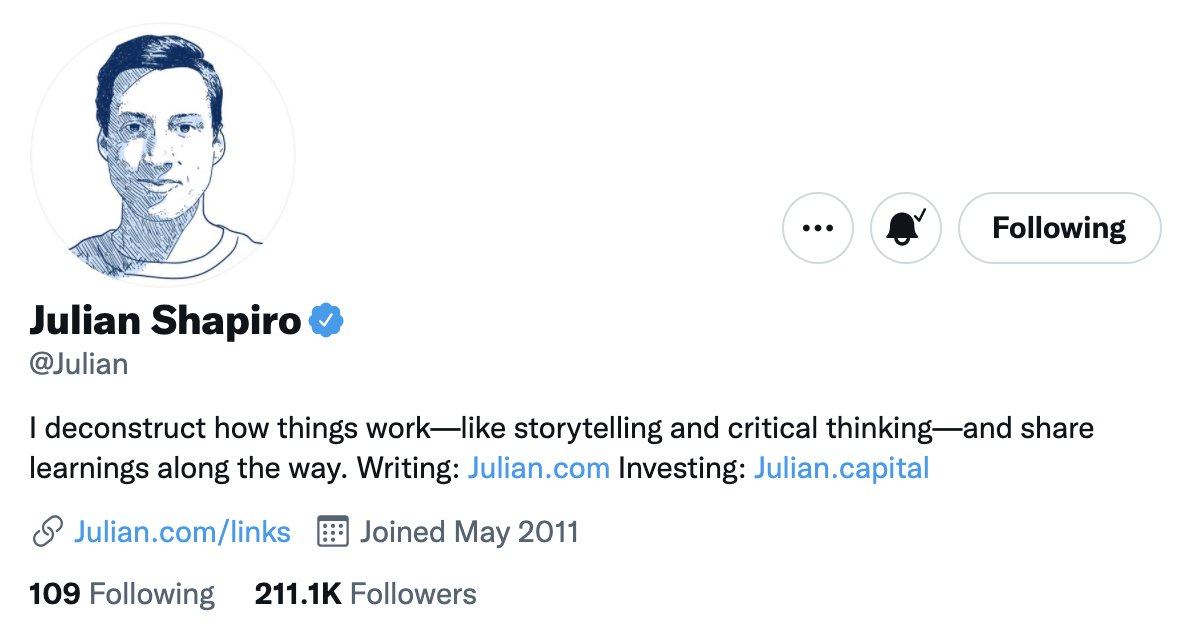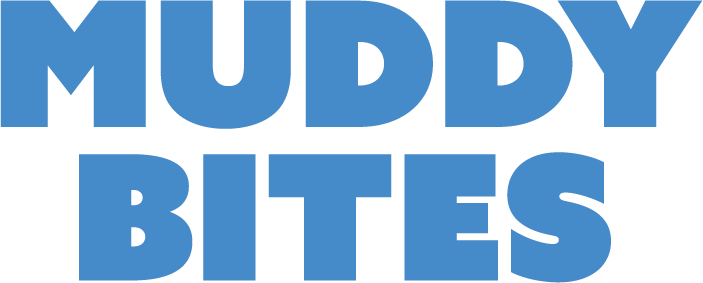

Designing Zero to One Growth Funnels with Julian Shapiro

Adrian Alfieri
Julian Shapiro is an active writer, creator, and angel investor. He’s also the founder of Demand Curve, a YC startup that provides tactical growth training to clients like Microsoft and Zendesk.
He’s also quite prolific across a range of social channels where he deconstructs how things work - like storytelling and critical thinking - and shares learnings along the way.
Julian’s tactical expertise is naturally in high demand, so we sat down with him to jam on funnel construction, resource allocation, in-house marketing, angel investing criteria, and more.
Phase I: Identifying Growth Channels
To determine a brand’s initial growth focus, Julian advises that teams lean into competitive analysis, or researching how other companies in the same vertical scaled. In practice, this can include tracking down founding members of those teams to distill best practices, or combing through their past interviews on podcasts or news outlets to uncover their growth channels.
The outcome of this research phase is to zero in on where you should be allocating your limited resources, regarding both time and capital investment.
After determining which channels have been historically utilized by similar brands, Julian recommends running tests on the channels you’re most confident in, while secondary channels can be deprioritized for the time being.
“When you’re first designing a growth funnel, consider prioritizing the channels you’re most confident will convert based on historical patterns.”
Phase II: Deploying Channel Tests
After clearly distilling growth channels, Julian recommends quickly shipping experimental tests within each unique vertical. When determining whether to outsource or build an in-house growth team to execute across each identified channel, he advises teams to first consider the level of competency that’s necessary for the platform in question.
For instance, if your brand might benefit from creating and running video ads on Facebook (a channel that’s harder to quickly master), bringing in an agency that’s equipped for large-scale production of content and creative assets would be the way to go.
Meanwhile, most major forms of content marketing — landing pages, product copy, drip emails and email campaigns, original reports — that are embedded in the fabric of your brand should rarely be outsourced. Rather, those should be cultivated internally and led by someone that’s deeply embedded in the core product and ecosystem in which your startup operates.
Julian points out that a seasoned copywriter embedded within the company can quickly provide massive ROI, given that content touches nearly every element of growth marketing.
Lastly, he adds that outsourcing or having an agency on retainer tends to perform well in three cases:
If attaining internal competency will yield more sunk time and capital than it’s worth. If it’s a key channel for scalable growth that must be executed quickly and flawlessly. If the agency or studio has proven its ability to drive cost-effective leads that convert.
“On a channel by channel basis, it boils down to how good you have to be to do a great job at it, as well as how hard it is to get to that level. Some channels are hard to self-teach, and you’ll benefit from a third party’s vantage point and capabilities. In which case, you could stick with them externally for a while.”
Phase III: Leveraging Content Flywheels
Once you’ve clearly identified growth channels and begun to experiment within each, Julian recommends evaluating your company’s content landscape across parallel tech verticals.
According to Julian, too many early-stage companies jump straight into SEO without figuring out how it maps to their needs, though SEO can sometimes be a winning strategy for particular brands in unique subsectors.
This advice also goes for channels like podcasts or Twitter that are in vogue at the moment, though might not actually be compatible with your revenue drivers.
Finally, Julian droves home the point that the perfect growth engine still can’t outstrip your core business fundamentals: making products that people actually want.
“There's always going to be a new platform, new tech, or new copywriting hack. The world's constantly changing and chasing it can be fruitful, but it’s not what I recommend most companies focus on. Rather, recommit to the fundamentals.”
High-Performance Growth Marketers
When asked what makes a killer growth marketer, Julian shares his three staple criteria:
Self Starting
With an inundated content market, a creatively generative marketer — someone who spins up innovative ideas and rapidly ships new experiments — can take your growth to the next level.
Data-Driven
Metrics are a critical temp check when acquiring early users. A top-class marketing hire can methodically run tests, properly implement tactics, assess results with clarity, and iterate based on those results. Without a foundational understanding of data, marketers are flying blind.
Copy Chops
Copywriting touches on nearly every growth channel, and having strong writing chops relays a genuine understanding of user behavior. Fortunately, Julian also notes that copywriting is an age-old practice that almost anyone can learn through proven methods and pattern matching.

Adrian Alfieri
Ready to sell subscriptions without ripping your hair out?
Ready to sell subscriptions without ripping your hair out?

































































































































































































































































































































































